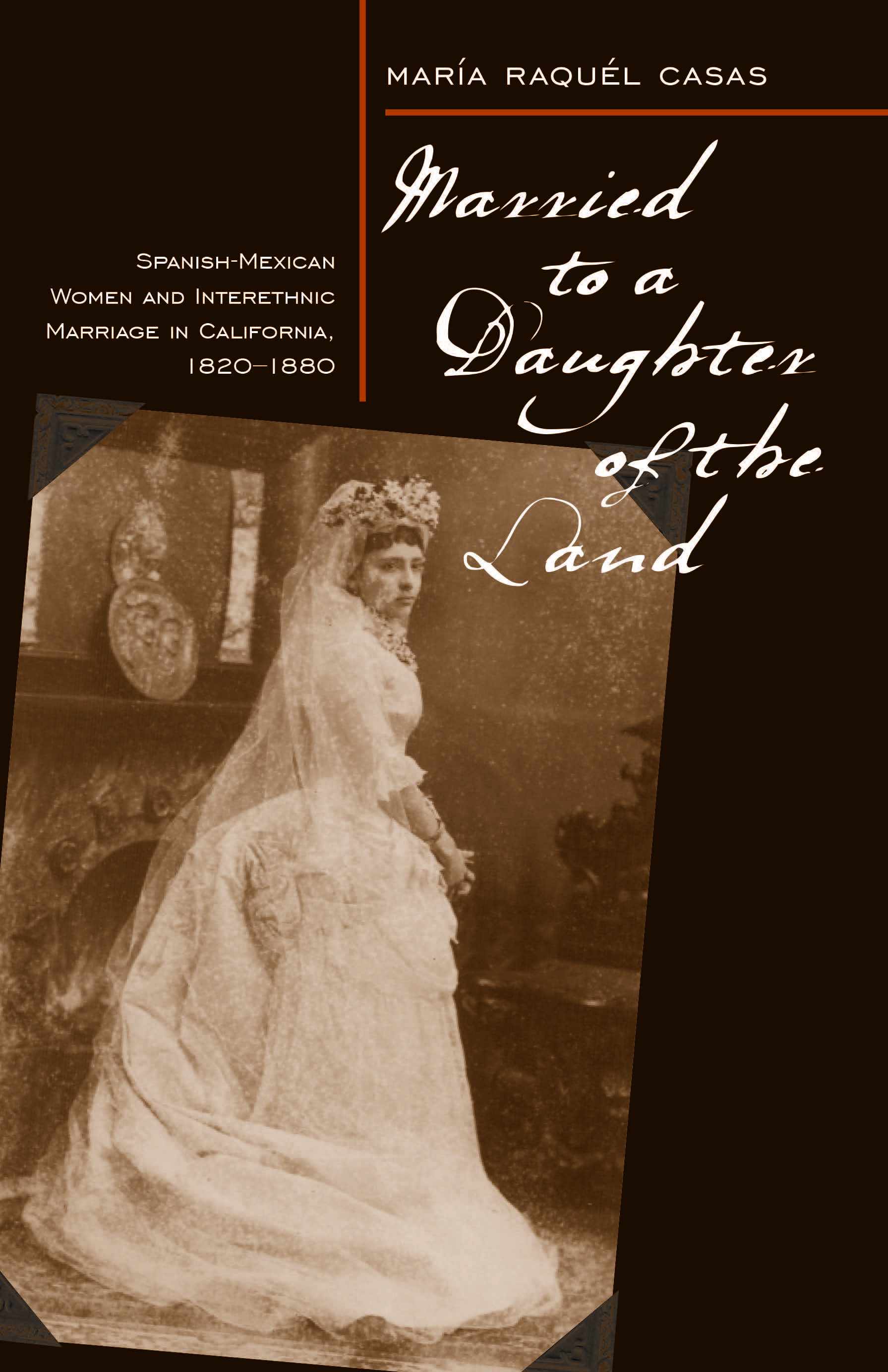Q&A With Researchers: Associate Professor Manying Ip
asia:nz online
Asia New Zealand Foundation
Associate Professor Manying Ip
Asia:NZ Trustee; Associate Professor of Chinese, School of Asian Studies, University of Auckland
Manying Ip came to New Zealand in 1974 from Hong Kong where her family lived for five generations. With her strong classical Chinese education at home and colonial English education at shool, she grew up sharply aware of the challenges of being cross-cultural.
Her interest in Maori-Chinese interactions started from the mid 1980s when she conducted extensive qualitative interviews among the pioneering Chinese families, which grew ever stronger with the immigration and ethnic identity debates
Manying is Associate Professor in Asian Studies at The University of Auckland and the author of several critically acclaimed books on Chinese in New Zealand. These include: Aliens At My Table: Asians as New Zealanders See Them (Penguin, 2005), Unfolding Identity, Evolving Identity: The Chinese in New Zealand (Auckland University Press, 2003) as well as numerous journal articles and book chapters on issues pertaining to recent Asian immigrants. Dr Ip’s most recent book Being Maori-Chinese: Mixed Identities (Auckland University Press, 2008) uses extensive interviews with seven different families of mixed Chinese-Maori descent to explore both historical and contemporary relations between Maori and Chinese, a subject which has not been given serious extended study before. Her edited volume The Dragon and The Taniwha: Maori and Chinese in New Zealand will be published in April 2009, investigating the complex social fabric of New Zealand and offering a nuanced study of ancient and contemporary shared identities amongst two significant ethnic minority groups.
Dr Ip is a respected advocate for Chinese communities living in New Zealand. She was awarded a Suffrage Centennial Medal in 1993 and was made an Officer of the New Zealand Order of Merit in 1996. In 2004 she co-directed New Faces Old Fears, a television documentary exploring racism, multiculturalism and social cohesion in New Zealand. In late 2008, she was elected a Fellow of the New Zealand Academy of Humanities (FNZAH) in recognition of her distinction in research and the advancement of the humanities.
1. Your most recent publication Being Maori–Chinese: Mixed Identities explores the historical and contemporary significance of the relationship between Maori and Chinese New Zealanders. How did you become interested in this topic and what were some of the most interesting findings?
Ever since I started conducting oral interviews on the early days of Chinese New Zealanders, I heard my interviewees mentioning their relationship with Maori people: as co-workers in the market gardens, as neighbours and workmates. Quite often they mentioned the existence of mixed Maori-Chinese families because early Chinese men came to New Zealand as bachelors and many of them formed relationships with Maori women…
Read the entire interview here.




